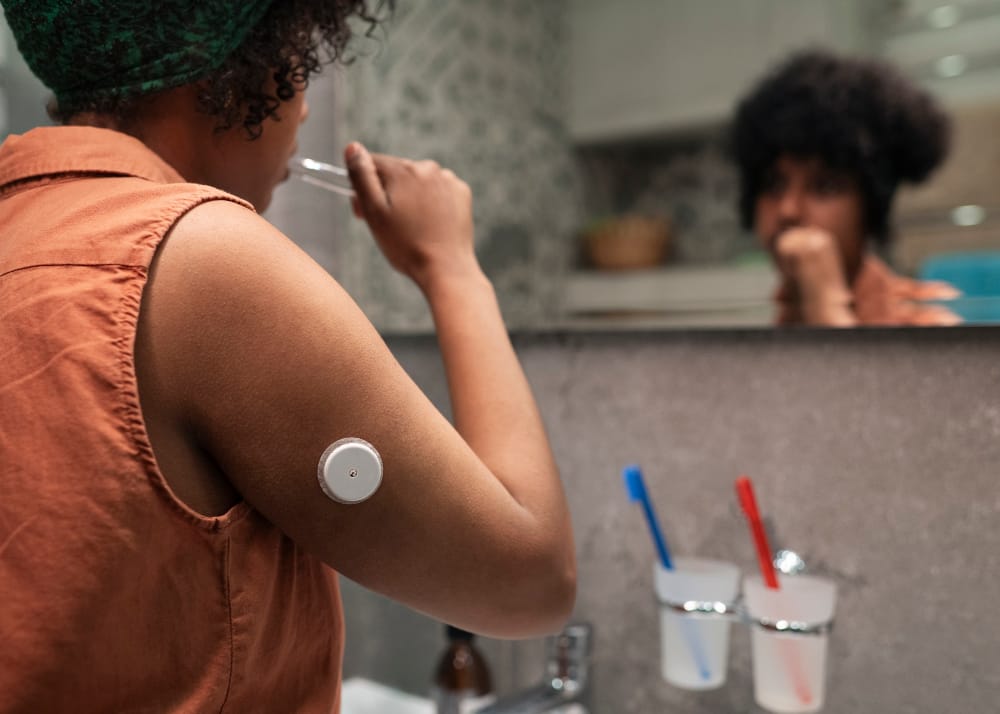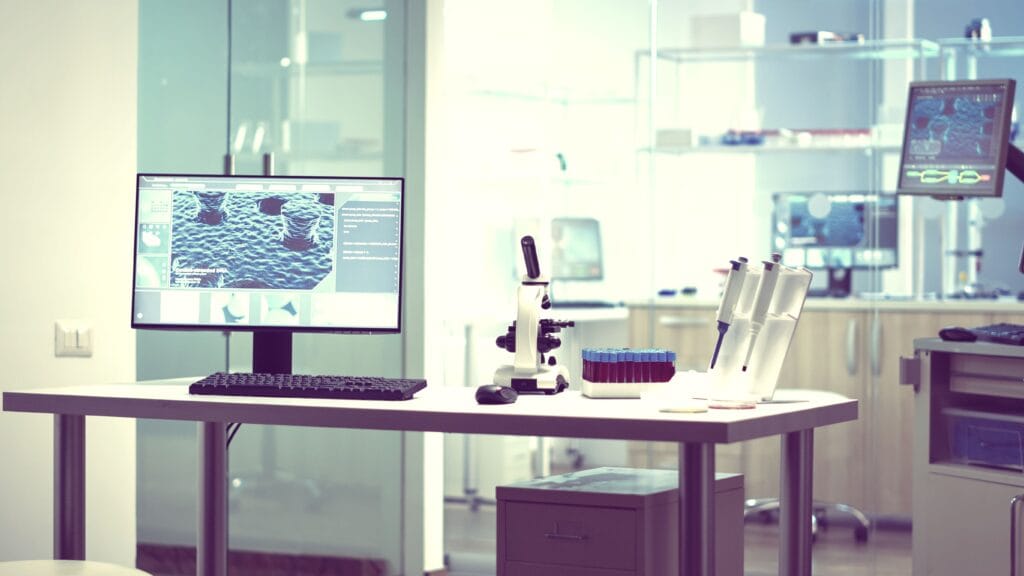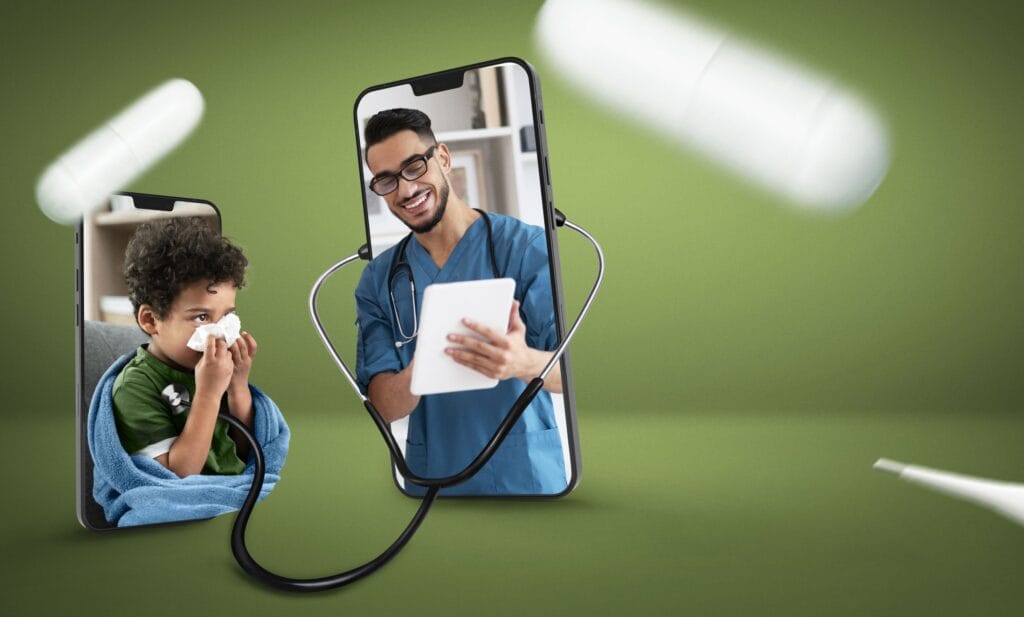Diabetes management has witnessed a transformative shift with the advent of Continuous Glucose Monitoring (CGM) patches and wearable devices. These technologies empower patients to track glucose levels in real-time, enabling proactive and precise management of blood sugar levels. This case study explores how CGM patches and wearables are revolutionizing diabetic care, highlighting their benefits, challenges, and real-world applications.
Diabetes affects millions worldwide and requires constant monitoring to prevent complications such as heart disease, neuropathy, and kidney damage. Traditional glucose monitoring methods, such as finger-stick tests, provide only intermittent data, often missing critical glucose fluctuations. CGM patches and wearables address this gap by offering continuous and dynamic glucose tracking.
CGM devices consist of a small sensor placed under the skin, which measures glucose levels in interstitial fluid. The sensor transmits data to a wearable device or smartphone app, providing users and healthcare providers with actionable insights.

Reasons for Adoption of CGM Patches and Wearables
1. Real-Time Glucose Monitoring
Traditional methods provide limited snapshots of glucose levels, whereas CGM patches deliver real-time data every few minutes. This continuous monitoring helps patients identify trends, predict spikes or drops, and make timely adjustments to their diet, insulin, or exercise.
2. Enhanced Glycemic Control
Studies have shown that CGM users experience better glycemic control, reducing HbA1c levels and minimizing time spent in hyperglycemia or hypoglycemia. The alerts for abnormal glucose levels enable immediate corrective actions, reducing the risk of severe complications.
3. Improved Quality of Life
For many patients, CGM patches reduce the burden of frequent finger-pricking and provide peace of mind. Wearable devices often integrate seamlessly with everyday activities, offering a discreet and convenient alternative for diabetes management.
4. Data-Driven Decision Making
CGM systems provide comprehensive data reports that help patients and healthcare providers personalize treatment plans. Insights into glucose patterns empower patients to make informed lifestyle choices and improve adherence to treatment protocols.
5. Integration with Other Technologies
Many CGM systems integrate with insulin pumps, enabling automated insulin delivery based on glucose readings. This closed-loop system, often referred to as an artificial pancreas, represents a significant advancement in diabetes care.
The use of CGM patches and wearables is expected to expand as technology becomes more affordable and accessible.
Advances in sensor longevity, accuracy, and integration with other health platforms will further enhance their utility. Additionally, developments in artificial intelligence and predictive analytics hold promise for even more personalized and proactive diabetes care.


